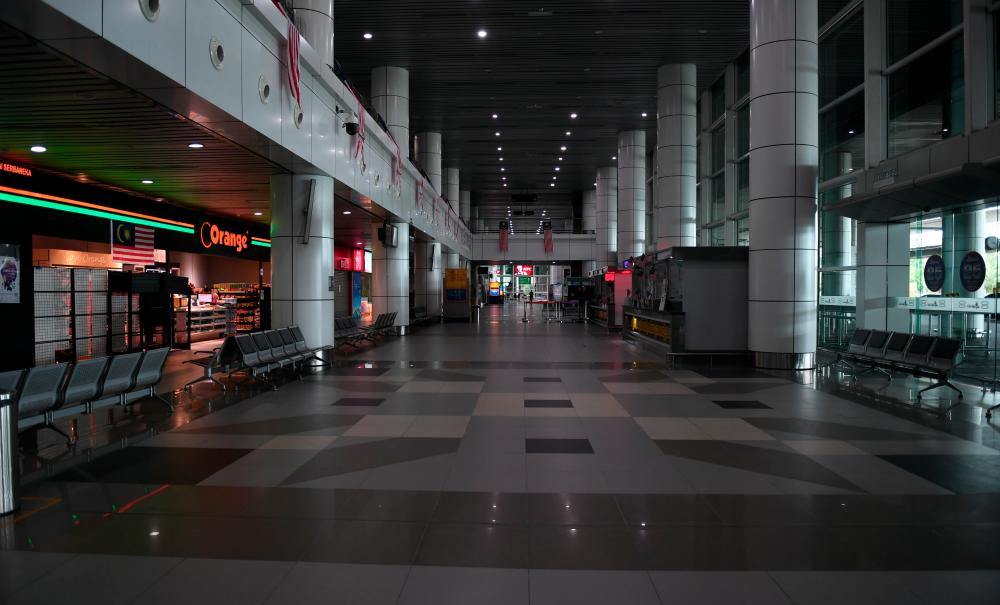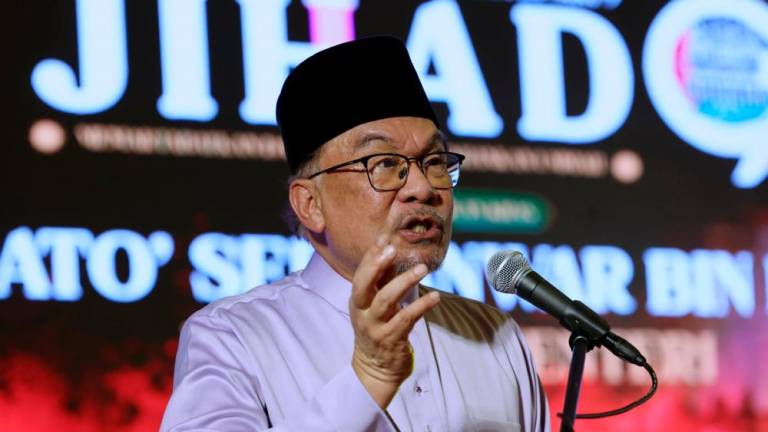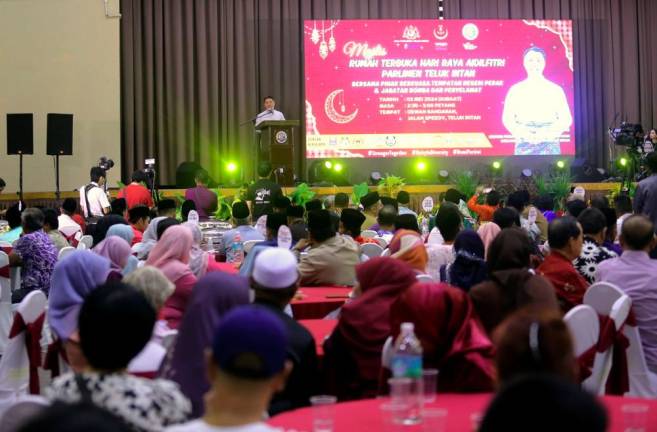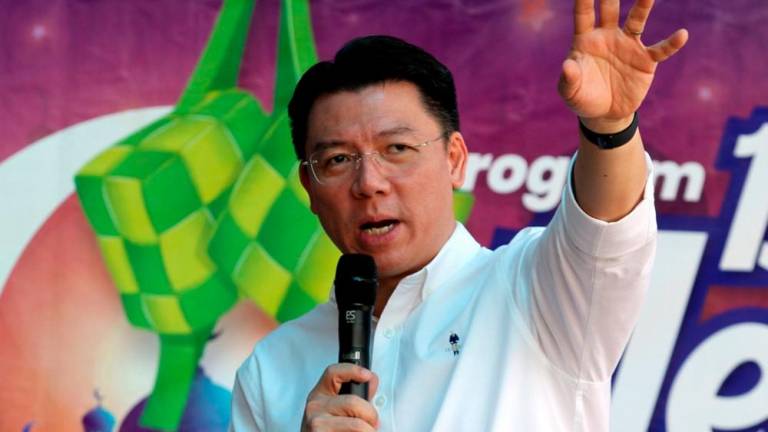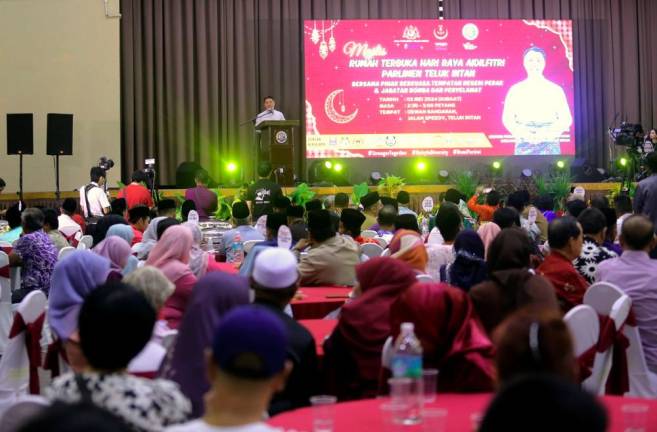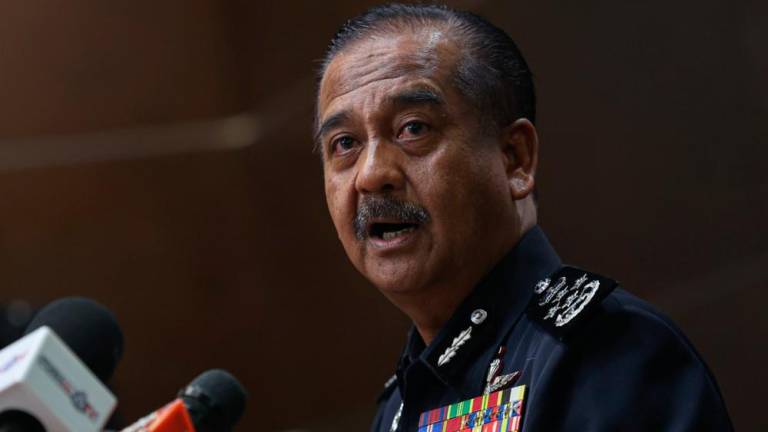KOTA KINABALU: A new airport will fit Sabah’s current and future needs better as there’s not much room for an effective expansion at the Kota Kinabalu International Airport (KKIA) current site here, according to a senior aviation consultant Mohd Faizal Malik.
The Nextgen Chartered Institute of Logistics and Transport in Malaysia (CILTM) Sabah chairman said a plan to construct a new terminal at KKIA is just a short-term solution and does not address its current limitation.
“KKIA is still a single runway airport despite being the second busiest airport in Malaysia, while the busiest airport in the country namely Kuala Lumpur International Airport (KLIA) has three runways to fulfil the demand of air travel.
“Building a new terminal which is aimed at catering to KKIA’s growing demand, unfortunately, does not meet the airport’s future needs. At the very least Sabah need an airport that has dual runway to cater for its future growth,” he told reporters here today.
In July, Qhazanah Sabah Bhd chairman Datuk Dr Yusof Yacob said the feasibility study on the relocation of the KKIA has been completed and the report would be presented to the relevant authority.
Qhazanah, a Sabah government-linked company, previously inked a memorandum of understanding with Berjaya Land for the purpose of studying the feasibility of relocating the airport to Kimanis about 60 kilometres from Kota Kinabalu.
Mohd Faizal pointed out that there is not much room for expansion at the airport’s current site due to its proximity to the coastline and its surrounding area, which are densely populated.
“Furthermore, any attempt to do a land reclamation will adversely affect the beauty of Tanjung Aru as well as jeopardise any future development in the area and its surroundings.
“We should learn from the issues faced by the Subang Airport previously, which ultimately forced its relocation and the construction of the KLIA in Sepang,’’ he said.
Faizal said the proposed relocation necessitated by the current airport nearing its maximum capacity of 10 million passengers per annum, and already handling approximately nine million passengers annually, aims to address the growing demand of modern aviation.
“As such, investing and modernising its facilities such as having a modern airport will not only attract investors but also improve Sabah’s air connectivity.
“It also leverages its advantage and complements the development in Kalimantan, as well as in the BIMP-EAGA (Brunei Darussalam–Indonesia–Malaysia–Philippines East ASEAN Growth Area) region,” he said.
Mohd Faizal said the imminent saturation of the current facility, underscores the urgency of the proposed relocation to Kimanis or Tuaran.
“Both locations offer ample space and resources to accommodate the escalating number of passengers and sustain the trajectory of Sabah’s aviation sector,” he said.
However, he cautioned that any proposed relocation will need to undergo thorough assessments, feasibility studies, and community consultations to ensure alignment with both regulatory requirements and the best interests of all stakeholders involved. - Bernama



